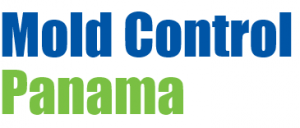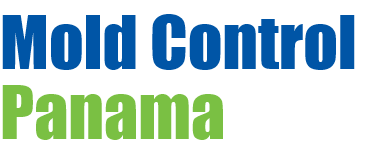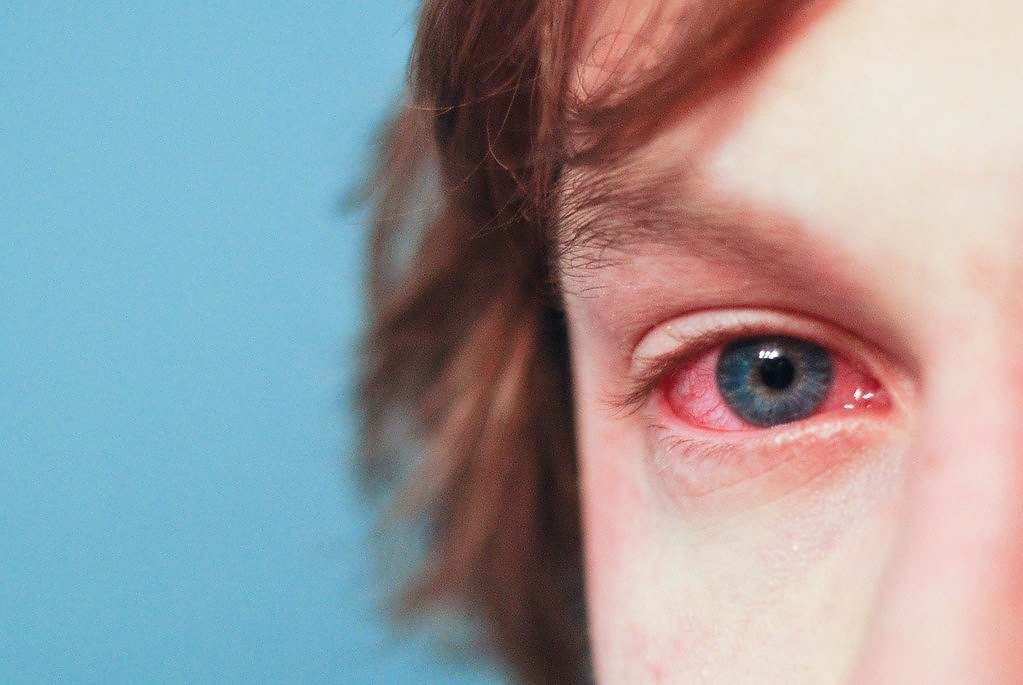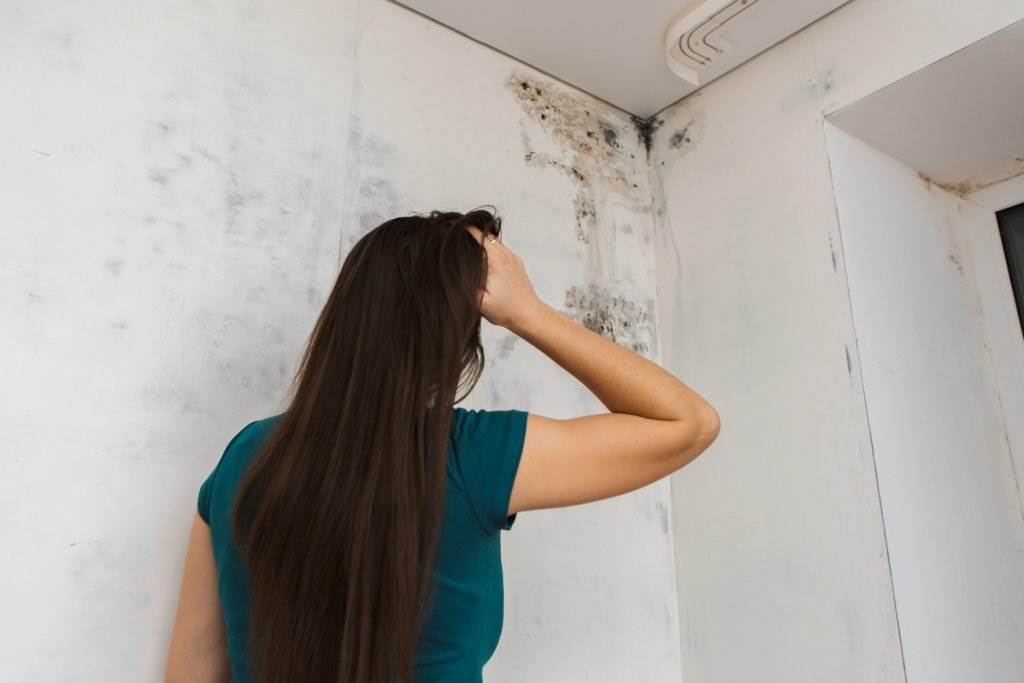
How To Prevent Mold After a Water Leak?
Due to the fact that wet items can remain for days if they aren’t properly dried, water damage can be tough to clean up. Persistent dampness can undermine the walls and floors of buildings, putting their structural integrity at risk. Mold growth is one of the most unwelcome side effects of water damage. After the water has been removed, mold can grow if you aren’t vigilant and don’t take preventative actions quickly.
How Does Mold Occur?
When it comes to mold prevention, you need to know how it occurs. It’s common for mold and mildew to grow in moist and dark areas. They’re a common result of water damage since the right conditions for their growth can be created. Water soaks into porous building materials after a flood or a major leak, and the high humidity in the air prevents the water from entirely evaporating. There are enough organic components in the moist and porous construction material to feed and foster the growth of mold. In order to avoid mold growth in your home, you only have a 24- to 48-hour window following a water disaster. Mold will grow if the moisture is left unattended for long enough.
Can You Dry the Water Damage Yourself?
Even while you may think that you can dry out your water-damaged regions utilizing fans and wet-dry vacuums, we’ve discovered most homeowners never completely dry out the affected areas. This is due to the fact that they lack the necessary equipment to locate pockets of moisture conducive to mold growth.
Hiring a company like Jenkins Restoration to dry out your water-damaged areas is your best option. Equipment that can dry out wet areas and prevent and deal with mold is available from these companies.
The expense of having your water damaged areas professionally dried is usually typically covered by insurance, so hiring a restoration firm like Jenkins Restorations to hasten the process of getting your life back to normal won’t cost you anything more.
Does Water Damage Always Cause Mold?
Mold will begin to grow if the house isn’t entirely dry in about 24 hours. Mold can appear in any season, even whether it’s warm or cold outside. Unless the water damage is modest, mold growth is almost a foregone conclusion.
Can You Kill The Mold Yourself?
Some homeowners will try to dry the area or spray bleach in an attempt to get rid of the mold, but this can actually spread the mold to other parts of the house. AC and heating systems can distribute the spores throughout the house through the air, making the situation more more dangerous.
You should not attempt to eliminate the mold on your own. Many methods for killing mold may be found online, however they’re often for mold on the surface rather than mold that has been affected by water damage.
Can Mold Dry Up And Die?
No. Without any moisture, mold will remain dormant within walls, floors and any other area where it has begun to grow. It will begin to grow again as soon as it has access to water. It’s impossible to get rid of mold unless you want it to.
HEADING Top 10 Tips for Preventing Mold After Water Damage:
There is nothing worse than having to deal with a flooded basement, moldy drywall, and mildew grout. Preventing water damage and mold growth is important, but so is knowing how to deal with it when it does occur.
Tip 1: Control Indoor Moisture to Prevent Mold
Tip 1: Control Indoor Moisture to Prevent Mold
Moisture management is essential for preventing mold and mildew growth. Water-logged crawlspaces, attics, and walls, as well as wet basements from faulty foundation drainage, are the most common sites of infestation. Attic and crawlspace leaks, proper ventilation, and keeping water away from your foundation are the most effective ways to protect your home.
Tip 2: Make Sure Your Bath Fan Is Big Enough
The next step in preventing mold after water damage is to check the size of your bath fan. If your bathroom fans aren’t removing the majority of the moisture within five to ten minutes, it’s possible that they aren’t moving enough air. The amount of air that a fan can remove from a space in one minute is measured in cubic feet per minute, or cfm. Multiply the bathroom’s square footage by 1.1 to get the recommended fan capacity (assuming an 8-ft. ceiling; for a 9-ft. ceiling, multiply by 1.5). Look for the cfm (cubic feet per minute) label under the grille of your fan to see how loud it is. Replace it if it’s too tiny for your bathroom’s dimensions. If you notice mold on the walls of your bathroom, here’s what to do.
Tip 3: Consider “Smart” Bathroom Timers and Humidity Sensors
Timer-controlled bath fans are essential because excessive humidity can result in everything from mildew on windows to moisture in walls and decay. Lights and fans can be turned off at the same time using new wall switch timers. Buy a humidity-sensing fan that automatically turns on and off as moisture levels in the ceiling increase and decrease for the ultimate in smart bath fan timings.
Tip 4: Squeegee Your Shower Every Time You Use It
Squeegee the water off the shower walls after you take a bath or a shower. At least three-fourths of the moisture that feeds mold and mildew growth is eliminated by this method.
Tip 5: Clean Visible Mold Immediately
The grout lines of a ceramic tile shower are a prime place for surface mold growth. When dealing with mold, use a detergent and water mixture to scrub the surface and then allow it to dry fully. Another option is to make a bleach and water solution using 10% bleach and 90% water (a stronger bleach solution will not give better results). Allow the solution to stay for 10 minutes before rinsing and allowing it to dry. Concrobium ($10 for 22 oz. in home centers or on Amazon) is a nontoxic mold control treatment that can be beneficial if used every few months. Check out this page for a comprehensive guide to mold cleanup and removal.
Tip 6: Use Paint with Mildewcide in Damp Areas
Surface mold can be controlled by using mildewcide in paint in wet areas like restrooms and shady areas outside. The mildewcide in many paints is already present. To be safe, check with your local paint store.
Tip 7: Act Quickly to Stop a Leak
It’s also critical to know how to respond quickly in an emergency to avoid mold growth following water damage. Several gallons per minute might be dumped into your home by a gushing plumbing leak. It is imperative that you take action quickly to halt the flow. It’s a no-brainer to turn off the main water valve. However, a few gallons of water may still be trapped in pipes above the point of leakage. As an alternative, open the lowest faucet in your house, which allows water to flow out instead of through the dripping pipe.
Tip 8: Don’t Delay Cleanup
The more time objects are exposed to water, the greater the risk of irreparable damage. The removal of mold from behind walls can cost tens of thousands of dollars if the problem is left untreated. Clean up the mess before you go out and buy plumbing supplies. Pronto.
Tip 9: … But Don’t Act Rashly
The first thing you’ll want to do is jump in and save your belongings. In any case, you should put on your boots and take safety precautions because that water could be hazardous. Electricity can kill any water that comes into contact with it. Until you, an electrician, or your utility company has turned off the power to your basement, you should avoid getting into the water. Toxic substances may be present in floodwaters, as well as harmful germs. Wear plastic gloves when handling your things to prevent wounds and open sores from becoming infected by flooding.
Tip 10: Prevent the Top Causes of Water Damage
Make sure you don’t return home to a plumbing disaster. Use frost-proof outdoor faucets and “no-burst” stainless steel hoses for washing machines, faucets, and toilets when you’ll be gone for a lengthy amount of time.
How Do you Prevent Mold from Water Damage?
One of the most important things you can do to keep mold at bay until aid arrives is to swiftly inspect and mitigate the damage. In most insurance contracts, the term “mitigating the loss” refers to the responsibility of the insured to limit the extent of the damage.
Steps to Take to Prevent Mold and Further Water Damage
In the interim, as you wait for help to arrive if you’ve suffered water damage or suspect mold growth, there are a few things you should do and avoid.
Make sure that the source of the water damage is not in your home by turning off the water supply.
Be sure to turn off any and all heating and cooling equipment before you leave the house. If at all possible, keep the temperature of your home at a comfortable level without turning on the central air conditioning or heating system. The drying process might be slowed down by excessive coolness or heat.
Turn off all of the fans in the house, including the ceiling, box, and floor models. Mold spores can be dispersed throughout the house if you use your fans to dry away water.
Make a point of picking up anything of yours that might become a part of the damage.
You may either move the furniture or prop it up with a block of wood under the legs to keep it out of the water.
Keep everything in its current state and wait to dispose of damaged items until an expert has examined the situation. Professional cleaners may be able to save items that would otherwise be unsalvageable if they were hired. In the event that photographs are possible, document all of your damage. When you make an insurance claim, this information will come in handy.
How to Prevent Mold After a Flood
The easiest strategy to avoid mold growth after a flood is to keep your house dry and clean. Use a dehumidifier to remove any extra moisture from the air and follow the same measures as above to clean up any water damage. Mold is less likely to grow if your home is dried quickly after a flood.
Preventing Mold After a Water Leak
When you discover a leak, the first thing you should do is turn off the water. If you’re not sure how to turn off the water, call your water company. Check your pipes for leaks after the water has been shut off by putting a bucket under each faucet and running cold water. You’ll be able to see if the pipe is leaking by doing this. To prevent the growth of mold following a water leak, immediately dry any places that have been harmed by water.
Does Mold Always Grow after a Leak?
If nothing is done to stop a leak, mold will grow. Leaks should be fixed as soon as possible to prevent the spread of mold in your home. Water leaks must be swiftly and thoroughly dried out if they are discovered.
Here’s How to Get Professional Help to Prevent Mold Growth
Call us at 888.450.6580 or contact Jenkins Environmental today if you want to get back to normal as quickly as possible as a homeowner. You may expect a live person to answer your phone call at any time of the day or night, seven days a week.
Repairs such as drywall replacement and small or large structural repairs can be handled by our IICRC-certified specialist, who will bring specialized equipment and ensure that the area is thoroughly cleaned and dried out.
Get aid as soon as possible to avoid mold and further harm!
FAQs
Can mold grow after leak is fixed?
After a leak or flood damage has been repaired, mold can continue to grow. Often, this is due to the fact that the problem wasn’t fixed correctly the first time around. Moisture might be left behind or buried in wall cavities or under floors.
Can a ceiling leak cause mold?
Systemic and restricted mold development are both caused by roof leaks. When a roof leak causes enough moisture to build up in the attic, it results in systemic growth.
How long does it take for mold to grow after a water leak?
Is Mold Growing Quickly? Within 24 to 48 hours of water damage, mold can grow significantly. If given the right conditions, mold can invade your house in as little as 12 days and grow rapidly.
Does drywall with mold need to be replaced?
Mold-infested drywall should always be replaced rather than just repaired by homeowners. In the long run, if you don’t replace all of your mold-infested drywall, you’ll be putting your home at risk for even more harm.
How do you get rid of mold after a leak?
Mould and mildew can be effectively eradicated with a solution of one part bleach to four parts water. To prevent mold from spreading to other areas of your home, use a towel or rag to help remove the mold and then toss it in a bag after you’re done with it.
The 6 Most Common Roof Leaks (Causes, How to Repair, & More)
How do you know if mold is behind drywall?
The following are five of the most typical warning indicators.
You can smell something, but you can’t see what it is.
At home, you’re miserable, and away from home, you’re happier.
Itchy nose, red eyes, and sneezing all the time.
An unsightly stain on the internal wall and base molding
Is the wall wet and dripping?
Does water damage always mean mold?
Is Mold Growth Always the Result of Water Leaks? There is always a danger of mold growth after a water leak, but that doesn’t mean that mold growth is a foregone conclusion. Many factors, including the severity of water damage, how fast it was cleaned and dried, and the extent of the affected surfaces, influence the likelihood of mold growth.
Is there a mold detector?
Testing for mold spores in your house can be done with the help of a mold testing kit, which collects samples from the air or from the surface being tested. Other labs require you to send the samples back for professional examination, while others provide you immediate results.
Conclusion
Mold eradication may be more difficult if the damage is extensive. Knowing how to prevent mold from forming after a ceiling leak is a more valuable skill to have.






